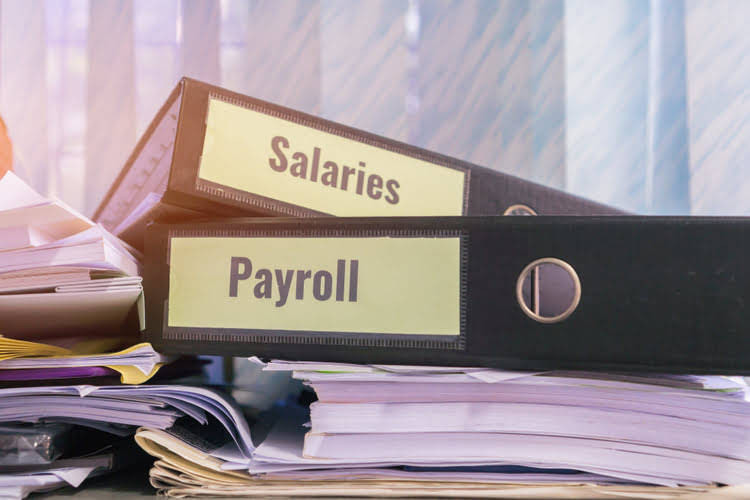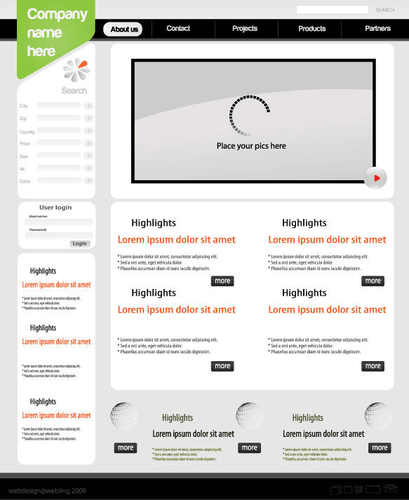
Deposit slips offer important benefits for both banks and customers. For banks, they ensure accurate daily records of deposits, making sure all funds are accounted for. Deposit slips act as receipts for customers, confirming the bank QuickBooks has credited their funds correctly. This documentation is crucial for resolving any future discrepancies in the deposited amount. However, it’s important to note that deposit slips only show the total deposit amount and do not provide a detailed transaction breakdown. A bank deposit slip is issued by the bank to fill out when the client wants to deposit cash into another bank account.
Common Mistakes to Avoid When Using Deposit Slips

Sometimes, an example of the deposit slip is not enough to understand it. Below we share a few easy steps to fill out a deposit slip effectively without any mistakes. If you kept a copy of the deposit slip for your own records, you can refer to that copy. But if you are not depositing any checks, leave this section empty. GOBankingRates’ editorial team is https://www.definitive-design.com/treatment-of-prepaid-expenses-in-final-accounts/ committed to bringing you unbiased reviews and information.
- You can find a deposit slip at the bank, usually on a stack near the entrance, with spaces to fill in your information.
- All banks have a funds availability policy, which explains how long you need to wait to spend the money.
- It is a crucial tool for keeping track of financial transactions and ensuring that deposits are credited to the correct account.
- Keep in mind that most banks have a limit to the amount of mobile deposits you can make each day.
Do Banks Have to Keep a Record of Deposit Slips?
- But if you are not depositing any checks, leave this section empty.
- This document also allows tracking the transfer of the client’s money and other funds.
- In this guide, we will cover what a deposit slip is, how to fill one, examples of deposit slips, and their importance in banking transactions.
- It acts as a proof that funds have accurately been deposited into your bank.
- But the process for creating and using deposit slips has changed dramatically, and if your business is still stuck in the handwritten past, it’s time to rethink how you manage them.
- To fill out a deposit slip accurately you will need to confirm that you have all of the necessary information.
Please enable it in your browser settings and refresh this page. Below are a few of the most common questions we receive from people looking into when credit scores started. If you have further questions you would like to ask our team, don’t hesitate to get in touch. Explore insights on finance, stock markets, taxes, loans, insurance, mutual funds, personal finance, real estate, and more with FinLecture. Introduction to Financial Terms Understanding financial terms is essential for investors, business owners, students, and anyone involved in financial decision-making….
More Templates
This process helps ensure accuracy and accountability, making it easier to track your financial activities. Understanding how to correctly fill out a deposit slip can save time and prevent errors. Additionally, it can provide peace of mind knowing that your deposits are properly managed. The account number must be written at the bottom of the slip where indicated if the customer uses a deposit slip provided by the bank. The deposit slip informs the teller of the bank account number to which the funds should be credited.

Need More Room? Check the Back of Your Deposit Slip
If you received your deposit slip as part of your check order, your bank account number may already be printed on the slip. The deposit slip might also require you to supply your bank’s routing number. PNC’s deposit slips include a space for a three-digit Regional ID code; however, it’s not required to supply this code when making a deposit. A cash deposit slip is used when depositing cash into a bank account.
Bank Deposit Slip Templates
At most banks, you’re already logged into your account when you snap a photo of the check, so you don’t need to provide those details. Typically you just confirm the dollar amount and review any account and routing information from the check. You can easily fill out a deposit slip online if you use OnlineCheckWriter.com – powered by Zil Money. Simply log in to the platform, navigate to the Deposit Slip section, and enter the required details. When you deposit money in a bank at a branch, you need to fill out a deposit slip to direct the funds to the right account. Complete a deposit slip with your account information and the cheque details.
This can help avoid any issues with your deposit being processed correctly. Make sure to confirm you’re using the correct routing number with your bank, as the one on your deposit slip may not be the same as the one for direct deposits. The routing number is typically located at the bottom of the deposit slip, along with your account number. Be sure to confirm that you’re using the correct routing number with your bank. The deposit slip also has a section for listing checks individually, including the check number and amount of each check.

How do you get a copy of deposit slip?

Whether depositing money through cheque or cash, you must fill out the slip to deposit money into your account. These slips essentially contain details about your bank account such as name, account number, deposit amount etc. Read on to learn everything about cash and cheque deposit slips. The bank teller ensures the validity of the information that the client provides then the teller makes your transaction.
Checking Account Fees at 10 Major Banks — and How To Avoid Them
Additionally, it is important deposite slip to keep a copy of the deposit slip for your records. If depositing checks, the check numbers should be written on the deposit slip. This is important for keeping track of the checks and ensuring that they are credited to the correct account. The client must obtain it from the bank and provide it to their employer. A printable Deposit Slip template can be downloaded through the link below. A deposit slip is a form that allows you to put funds into your bank account.
Without it, processing the deposit money into the right account will be difficult for banks. It will lead to potential errors in crediting funds to the correct account. It offers proof of the deposited amount and its intended allocation. A deposit slip contributes to transparent and efficient banking procedures. This simple document is a signal that your funds are accurately deposited into your account and they are also used as a record of the transaction. It facilitates seamless financial transactions and ensures transparency in banking activities.

